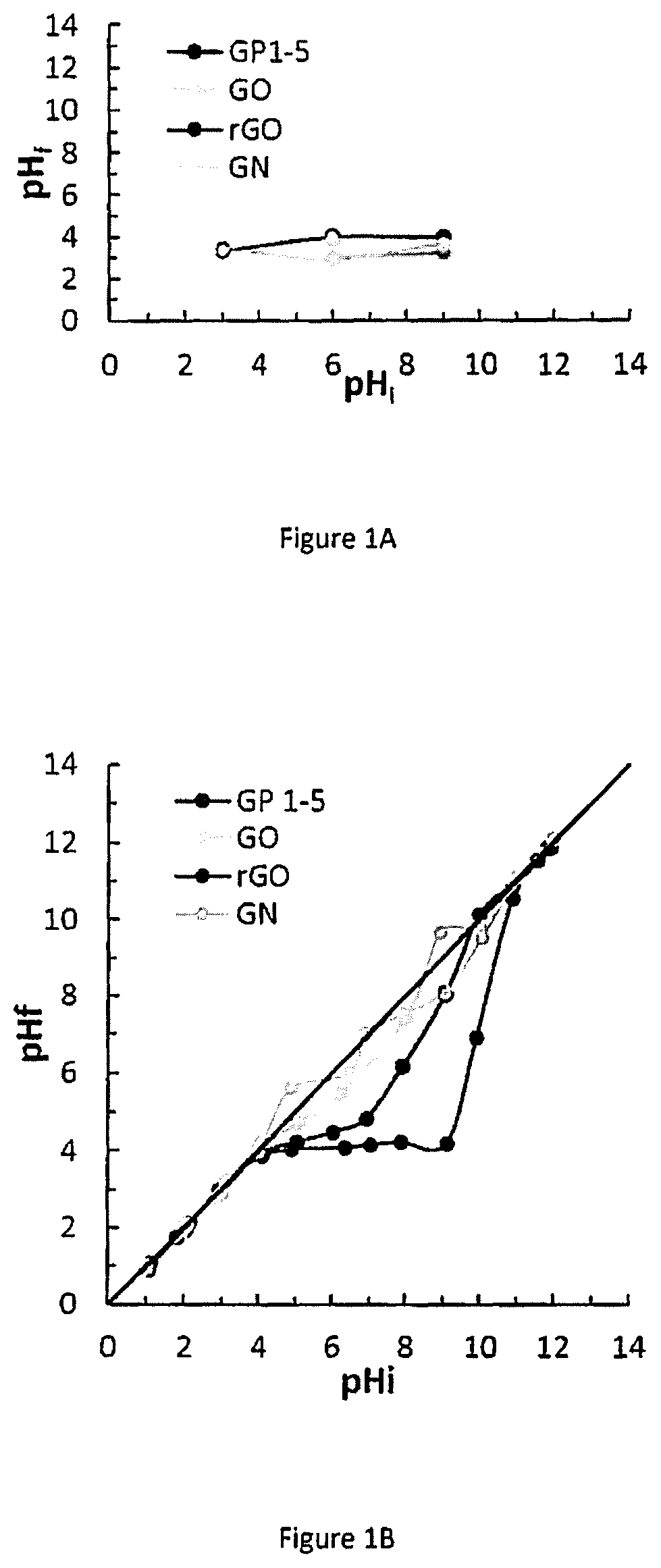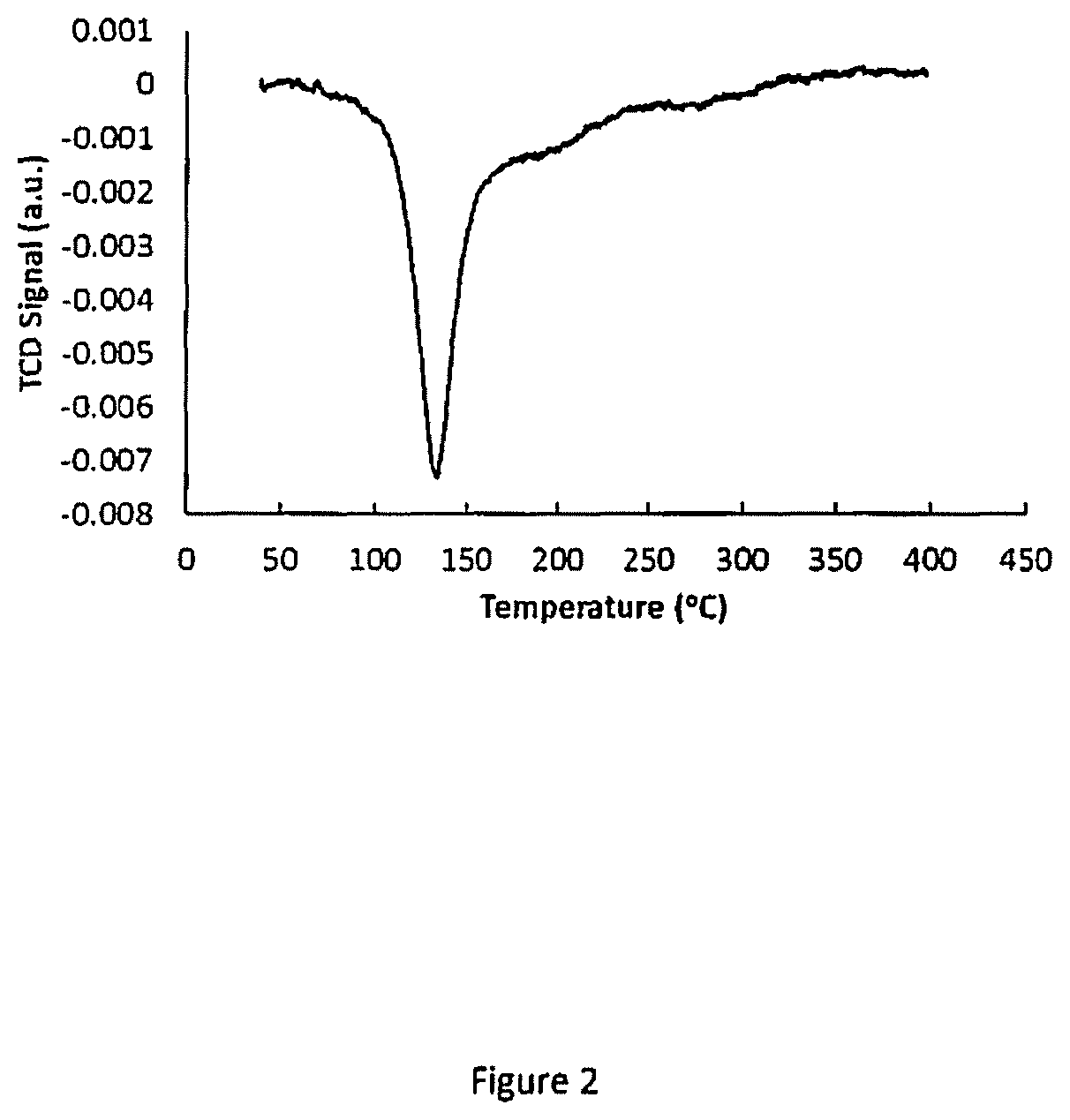Carbon based materials as solid-state ligands for metal nanoparticle catalysts
a metal nanoparticle catalyst and carbon based material technology, applied in metal/metal-oxide/metal-hydroxide catalysts, hydrocarbon preparation catalysts, physical/chemical process catalysts, etc., can solve the problems of elusive understanding of their formation and factors affecting their formation, and achieve strong anchored metal nanoparticles, improve catalytic activity, and improve catalytic activity
- Summary
- Abstract
- Description
- Claims
- Application Information
AI Technical Summary
Benefits of technology
Problems solved by technology
Method used
Image
Examples
example 1
REFERENCES FOR EXAMPLE 1
[0123]1. Huebner, S.; de Vries, J. G.; Farina, V. Why Does Industry Not Use Immobilized Transition Metal Complexes as Catalysts? Advanced Synthesis &Catalysis 2016, 358, 3-25.[0124]2. Miyaura, N.; Suzuki, A. Palladium-Catalyzed Cross-Coupling Reactions of Organoboron Compounds. Chem. Rev. 1995, 95, 2457-2483.[0125]3. Miyaura, N.; Yanagi, T.; Suzuki, A. The Palladium-Catalyzed Cross-Coupling Reaction of Phenylboronic Acid with Haloarenes in the Presence of Bases. Synthetic Communications 1981, 11, 513-519.[0126]4. Ripin, D.; Bourassa, D.; Brandt, T.; Castaldi, M.; Frost, H.; Hawkins, J.; Johnson, P.; Massett, S.; Neumann, K.; Phillips, J.; Raggon, J.; Rose, P.; Rutherford, J.; Sitter, B.; Stewart, A.; Vetelino, M.; Wei, L. Evaluation of kilogram-scale Sonagashira, Suzuki, and Heck coupling routes to oncology candidate CP-724,714. Organic Process Research &Development 2005, 9, 440-450.[0127]5. Phan, N.; Van Der Sluys, M.; Jones, C. On the nature of the active s...
example 2
Manufacture of Pt Catalysis
[0155]The procedures described herein (e.g. in Example 1) were used to manufacture Pt catalysts using PtCl42− as the metal precursor and graphene nanoplatelets (GNP) as the support material. Briefly, PtCl42− was deposited on graphene nanoplatelets (GNP) and the sample was then treated with an optimized set of solventless microwave irradiation conditions to facilitate the simultaneous reduction of PtCl42−. This resulted in the formation of small, well-dispersed Pt nanoparticles on the GNP support and the formation of graphene defects or holes that strongly anchor the Pt nanoparticles. Exemplary results are shown in FIG. 14.
Background
[0156]While homogeneous platinum catalysts used in manufacturing often compose up to 30% of the final cost of the product, in most instances, high product viscosity typically prohibits recovery of precious metal and purification of product. This not only affects the cost structure of product preparation but also the shelf life o...
PUM
| Property | Measurement | Unit |
|---|---|---|
| temperature | aaaaa | aaaaa |
| size | aaaaa | aaaaa |
| time | aaaaa | aaaaa |
Abstract
Description
Claims
Application Information
 Login to View More
Login to View More - R&D
- Intellectual Property
- Life Sciences
- Materials
- Tech Scout
- Unparalleled Data Quality
- Higher Quality Content
- 60% Fewer Hallucinations
Browse by: Latest US Patents, China's latest patents, Technical Efficacy Thesaurus, Application Domain, Technology Topic, Popular Technical Reports.
© 2025 PatSnap. All rights reserved.Legal|Privacy policy|Modern Slavery Act Transparency Statement|Sitemap|About US| Contact US: help@patsnap.com



